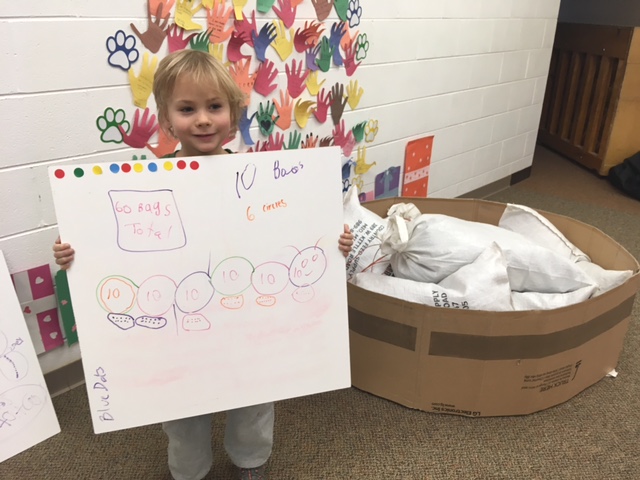STEM programming for 4-H clubs or at home – Part 5
Discover easy ways to apply math while working with children during 4-H activities.

America is facing a national shortage of young people with skills in the areas of science, technology, engineering and math (STEM), which is resulting in a significant workforce shortage in STEM fields. Michigan State University Extension 4-H Youth Development has a strong history of engaging and supporting volunteers who work with youth through hands-on experiential learning. This makes 4-H a natural fit for helping satisfy the natural curiosity of children while generating an interest in STEM and developing knowledge and important life skills.
How can 4-H volunteers include mathematics in their work with youth? Youth need to understand that math is the language of STEM and will help them thrive in the world by using it to solve real-life problems. 4-H projects can provide leaders the opportunity to engage members in mathematical thinking and problem solving, which can build self-confidence in youth and an appreciation for math.
The following are a few fun and simple activities to help youth include mathematics in their 4-H experiences:
- Garden project members can determine the amount of soil needed for a raised garden or the amount mulch for a rain garden.
- Food project members can explore unit pricing of products at the grocery store and calculate the unit price for multiple items to determine which item is the best buy.
- Poultry project members can learn about the egg grading system by measuring and weighing eggs.
- Technology project members can use GPS receivers to collect latitude and longitude data to create a site map to be shared with those visiting the county fair.
- Wildlife project members can estimate the population of frogs in a pond or salamanders in the forest, both important early indicator species with online reporting sites in which youth can contribute.
- Livestock project members can determine the size of a pasture needed to provide proper forage for a specific number of animals.
- Horse and pony project members can conduct a length comparison of the human stride versus the horse stride and predict how many human strides make up a horse stride.

Through the application of math, 4-H members can use information to make predictions and decisions regarding their 4-H work. The ability to analyze and make decisions to determine action is a critical workforce skill that future employers will value.
The National 4-H Program encourages 4-H leaders to use inquiry-based learning methods while working with members. To do so leaders refrain from giving answers to youth, but instead encourage them to seek answers to questions. For more information about Michigan 4-H Youth Development visit the Michigan 4-H Science & Engineering website.
Michigan State University Extension and the Michigan 4-H Youth Development program help to create a community excited about STEM (Science, Technology, Engineering, and Mathematics). 4-H STEM programming seeks to increase science literacy, introducing youth to the experiential learning process that helps them to build problem-solving, critical-thinking and decision-making skills. Youth who participate in 4-H STEM are better equipped with critical life skills necessary for future success.
To learn more about the positive impact of Michigan 4-H youth in STEM literacy programs, read our 2019 Impact Report: “Children & Youth Impacts: Building Science Literacy & Future STEM Professionals”.
To learn more about MSU Extension, visit the MSU Extension website. To learn more about 4-H and Extension opportunities in Alcona County, stop by our Harrisville office at 320 S. State St. Harrisville, MI 48740, or visit us online at our Alcona County 4-H Youth Development Facebook page or Alcona County Extension office page.



 Print
Print Email
Email






